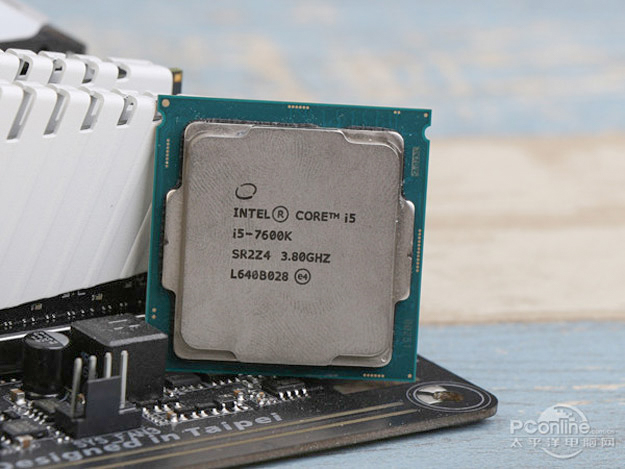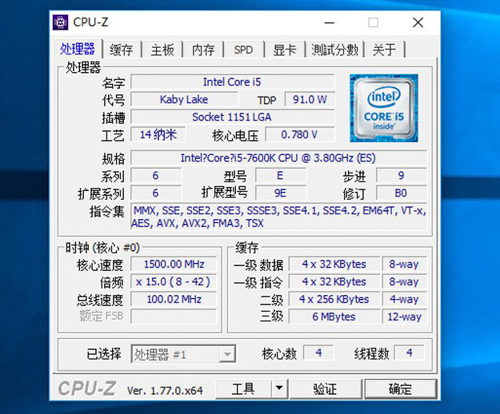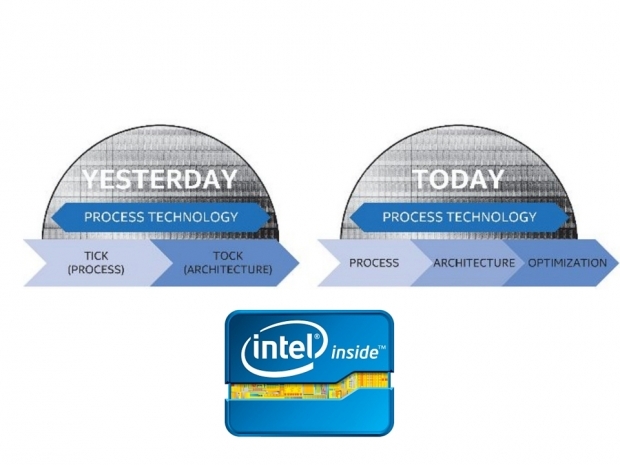This is the top quad-core SKU in the Core i5 series below the Core i7 7700T, 7700 and 7700K featuring an unlocked multiplier with a 3.8GHz core clock, 4.2GHz Turbo frequency and 6MB of cache in a 91W TDP. By comparison, the previous Core i5 6600K had a 3.5GHz base frequency, 3.9GHz Turbo frequency and 6MB of cache in a 91W TDP.
Image source: PCOnline.com
In terms of graphics, the Core i5 7600K Kaby Lake part features an updated Intel HD 630 graphics core with 24 units, while the Core i5 6600K Skylake part uses an Intel HD 530 graphics core with the same number of units.
Image source: PCOnline.com
Based on the site’s benchmarks, the Core i5 7600K offers a 7 to 10 percent performance advantage over its predecessor, mostly due to increased clock speeds. In CPU-Z, the chip gets a score of 8,310 multi-threaded and 2,133 single-threaded, while the Core i5 6600K gets 7,697 multi-threaded and 1,983 single-threaded, respectively. In 3DMark FireStrike, the Core i5 7600K gets 9,232 while the Core i5 6600K gets 8,511.
Back in August, Chinese tech website Coolaler posted a full list of Intel’s upcoming Kaby Lake desktop processors based on Socket LGA 1151, which are divided into three segments – “K” series for unlocked parts, “S” series for “standard” parts, and “T” series for low-power variants.
This processor supports Intel’s SpeedShift technology, which was first introduced with Skylake and has been improved with Kaby Lake.
Just like its predecessor, frequency adjustments previously handled by the operating system in 20 to 30 milliseconds are now handled directly by the CPU in around 1ms, but the shift from low-power states to maximum performance can be completed in just 15ms compared to the previous 35ms on Skylake chips.




